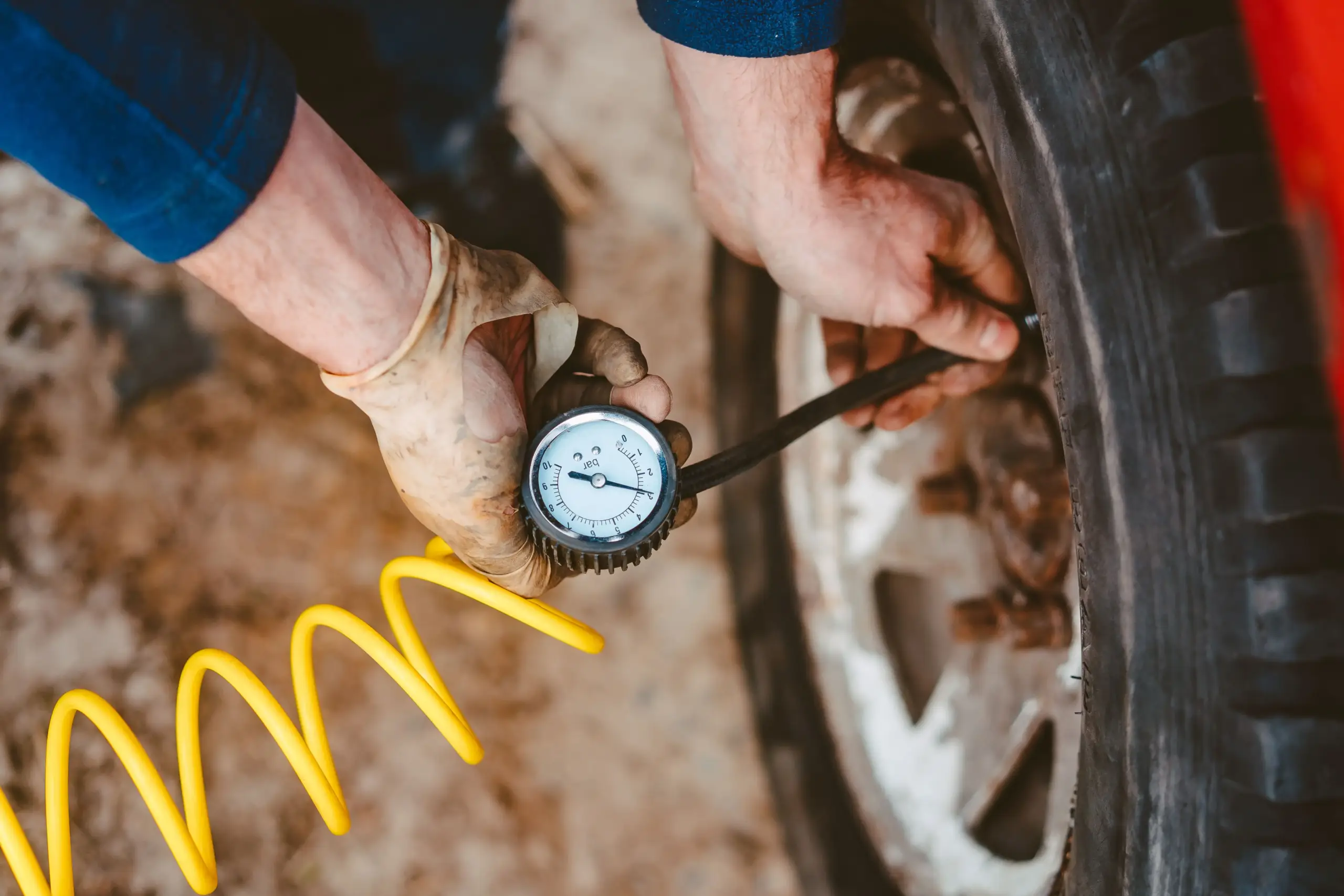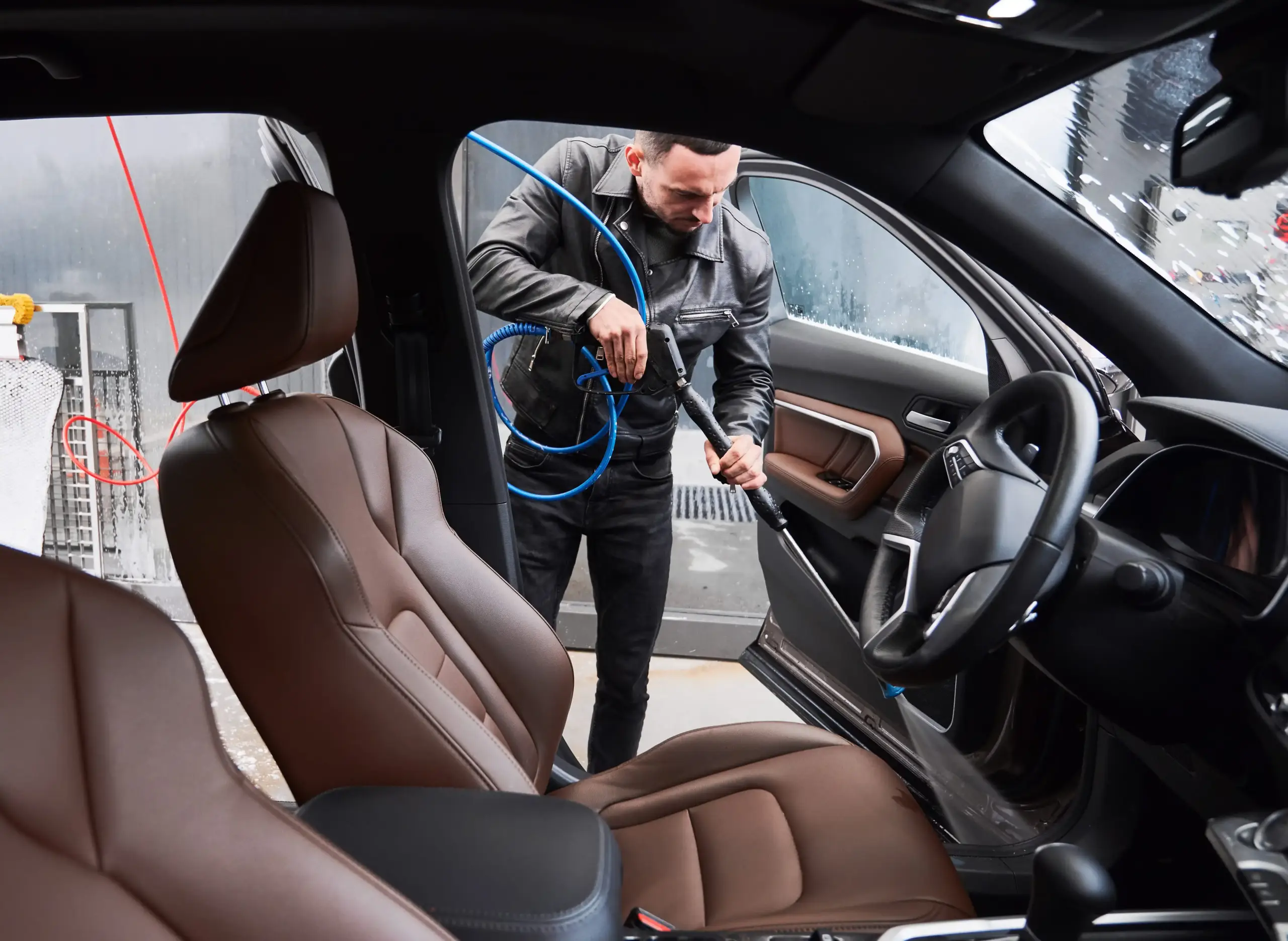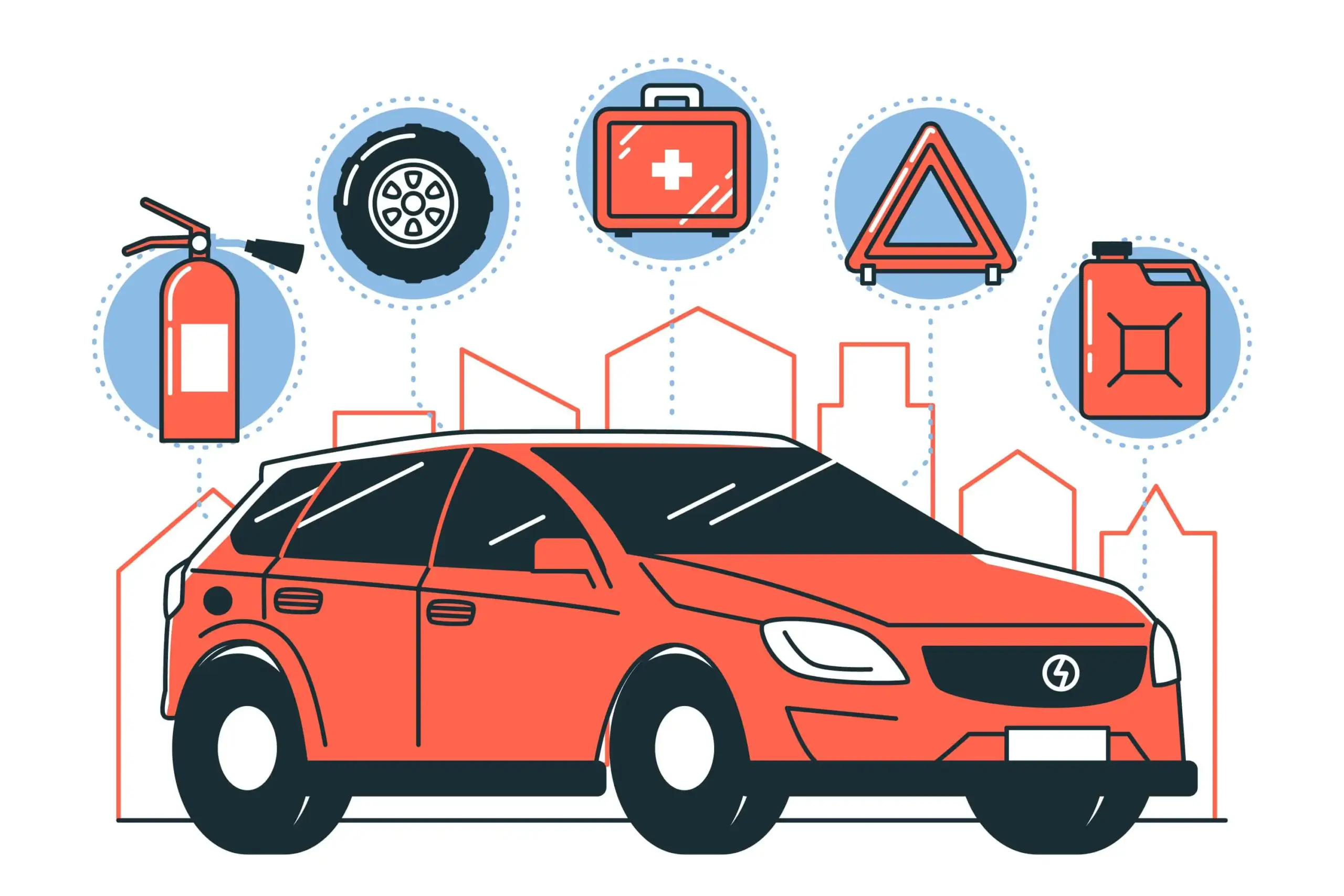Owning a car for the first time is exciting, but it also comes with responsibilities. As a new car owner, taking care of your vehicle ensures it runs smoothly and lasts longer. Car maintenance might seem overwhelming, but don’t worry—it’s easier than you think! With a few simple habits, you can keep your car in top condition and avoid expensive repairs.
In this guide, we’ll cover basic maintenance tips for new car owners to help you protect your investment. From regular oil changes to checking tire pressure, these simple steps will keep your car running efficiently.
Pro tip: A well-maintained car not only saves you money but also keeps you safe on the road!
1. Get to Know Your Car’s Manual
Think of your car’s manual as your best friend—it contains everything you need to know about your vehicle. While it may not be the most exciting read, it’s worth skimming through, especially the maintenance section.

Your car’s manual tells you:
- The recommended oil type and change intervals
- The correct tire pressure for fuel efficiency and safety
- The ideal maintenance schedule for brakes, fluids, and filters
By understanding these basics, you’ll avoid unnecessary damage and expensive trips to the mechanic. If you ever feel stuck, the manual is there to help.
2. Keep Up with Regular Oil Changes
Oil is the lifeblood of your engine, keeping all its parts running smoothly. Skipping oil changes can cause engine wear and overheating, leading to major repairs.

To keep your car in great shape:
- Check your oil level at least once a month
- Change your oil every 3,000 to 5,000 miles, depending on your car’s needs
- Use the recommended oil type from your car’s manual
Neglecting oil changes can lead to engine sludge, poor performance, and expensive breakdowns. Make it a habit, and your car will thank you!
3. Check Your Tire Pressure and Tread Regularly
Tires are your car’s direct connection to the road, so keeping them in good shape is essential for safety and fuel efficiency. Underinflated tires can cause poor handling and increase fuel consumption, while worn-out tires are a safety hazard.

Here’s how to keep your tires in top condition:
- Check tire pressure monthly and before long trips
- Rotate your tires every 6,000 to 8,000 miles for even wear
- Inspect tire tread by using the penny test (if you see Lincoln’s head, it’s time for new tires)
Proper tire maintenance not only improves gas mileage but also enhances your car’s overall performance.
4. Don’t Ignore Dashboard Warning Lights
Modern cars are smart—they’ll tell you when something’s wrong. Dashboard warning lights indicate when your car needs attention. Ignoring them can turn minor issues into costly repairs.

Here are some common warning lights you should never ignore:
- Check Engine Light – Could be anything from a loose gas cap to a serious engine problem
- Oil Pressure Light – Indicates low oil levels or oil pump issues
- Battery Light – Suggests your battery isn’t charging properly
- Brake Light – Signals brake system problems that need immediate attention
If a light comes on, don’t panic! Check your manual or take your car to a mechanic if needed.
5. Keep Your Car Clean Inside and Out
A clean car isn’t just about looks—it also helps maintain its value. Dirt, debris, and road salt can damage your car’s paint, while clutter inside makes driving uncomfortable.

To keep your car fresh:
- Wash it at least once a month to protect the paint
- Vacuum the interior regularly to remove dirt and dust
- Use car wax to keep the exterior looking shiny and new
A well-maintained car makes driving more enjoyable and prevents long-term damage.
6. Check Your Car’s Fluids Regularly
Your car relies on several fluids to function properly. Checking and topping them off regularly helps prevent mechanical failures.

The most important fluids to monitor are:
- Engine Oil – Lubricates the engine and prevents wear
- Coolant – Keeps the engine from overheating
- Brake Fluid – Ensures your brakes work properly
- Transmission Fluid – Helps gears shift smoothly
- Windshield Washer Fluid – Keeps your windshield clean and clear
Make it a habit to check these fluids once a month to avoid unexpected breakdowns.
7. Replace Worn-Out Wipers and Lights
Good visibility is essential for safe driving, so don’t wait until a storm to realize your wipers need replacing. Windshield wipers should be changed every 6 to 12 months, depending on wear.
Similarly, check your headlights, brake lights, and turn signals regularly. If a bulb goes out, replace it immediately to avoid accidents and traffic tickets.

8. Keep an Emergency Kit in Your Car
Even with regular maintenance, breakdowns can happen. That’s why keeping an emergency kit in your car is a smart idea.

Your kit should include:
- A spare tire, jack, and lug wrench
- Jumper cables for a dead battery
- A flashlight with extra batteries
- Basic tools like a screwdriver and wrench
- First aid supplies in case of minor injuries
Having these essentials can make a roadside emergency much easier to handle.
Final Thoughts: Take Care of Your Car, and It Will Take Care of You!
Basic car maintenance isn’t complicated, and a little effort goes a long way. By following these basic maintenance tips for new car owners, you’ll save money, drive safely, and keep your car running smoothly for years.

If you ever need professional advice or are looking to buy a new or used car, visit St Don Dammy LLC for top-quality vehicles and expert service!Remember: A well-maintained car means fewer surprises on the road and more enjoyable drives. Stay safe and happy driving! 🚗💨


